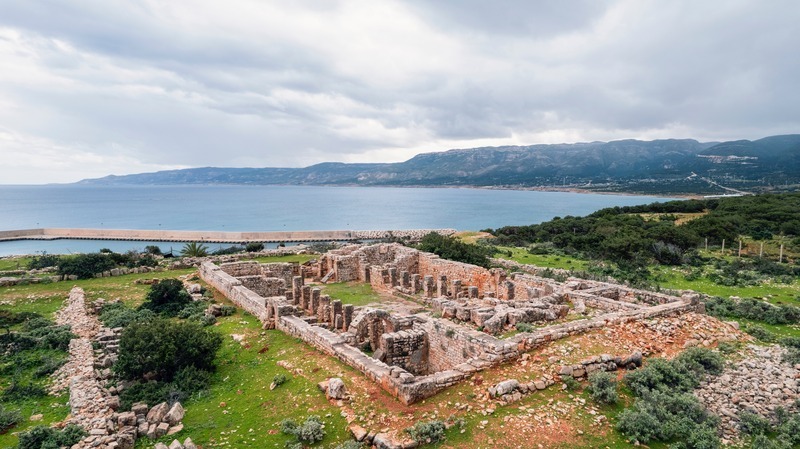
The legendary city of Rungholt once existed as a humming hub of trade and business in the marshes of the Wadden Sea, spanning the western shores of Denmark, Germany, and portions of the Netherlands. Rungholt, a key port for North Sea commerce, gained the many benefits of the area's amber, salt, and whales.
However, the wealth and power of the city also gave rise to a spirit of conceit and arrogance among its inhabitants. In bold defiance against "Blanke Hans," the local term for the turbulent water synonymous with White Hans, they built dikes to obstruct the mighty sea.
The Ancient North Sea City of Rungholt Unveiled: Archaeologists Discover Central Church
In the article shared in Christian Today, according to local lore, the city's blatant disobedience of God was what ultimately brought about its destruction. A group of young men attempted to deceive a priest into performing last rites for a pig dressed as a man on a disastrous Christmas morning in the 14th century, bringing comparisons to the bold architects of the legendary Tower of Babel. A holy vision foretold an impending tragedy, prompting the priest to leave the city after his rejection and a cruel beating that followed.
Soon after, the vengeful Blanke Hans struck, destroying Rungholt with its furious waves and fierce winds. This cautionary tale of arrogance and the risks of unbridled affluence, analogous to the mythological lost city of Atlantis, has resonated throughout North Frisia for six centuries. Thousands of the city's inhabitants perished in a catastrophic "drowning of men."
According to the shared article in Church Leaders, the most recent discoveries made by the Rungholt Project, a team of committed archaeologists, provide new insight into the historic city. The group, which last month included Kiel University's Ruth Blankenfeldt and Bente Sven Majchczack, announced the discovery of what is thought to be the main church of the medieval settlement.
Majchczack expressed that the discovery is now considered among the large churches of North Frisia. He emphasized that the unearthed remnants point towards a significantly large structure, likely to have been the center of a parish, thereby strengthening the argument that it originates from Rungholt.
Also Read: Archeologists Discover Ancient Tablet on Mount Ebal, Predating Earliest Known Hebrew Inscriptions
Unraveling the Catastrophe Behind Rungholt's Demise
Researchers are examining how the story of Rungholt, a city that was submerged by the North Sea in 1362, distinguishes between myth and fact. According to Religion News, the "Grote Mandrenke" disaster, which resulted in massive floods in countries bordering the North Sea, such as the UK, the Netherlands, Germany, and Denmark, is thought to have killed 25,000 people.
According to archaeologist Ulf Ickerodt, the destruction was exceptional, and the surge permanently transformed the landscape. Three centuries later, Lutheran priest Anton Heimrich wrote a thorough account of the incident for the North Frisian Chronicle, utilizing the wreckage of Rungholt to highlight moral teachings. Detlev von Liliencron, a German poet, commemorated Rungholt in his ballad "Trutz, Blanke Hans" two centuries after Heimrich. While bringing back to life an enduring narrative of tragedy, the ongoing research continues to clarify Rungholt's actual past.
Related Article: Archeologists Unearth Galilean Synagogue From Jesus' Time On Earth



















